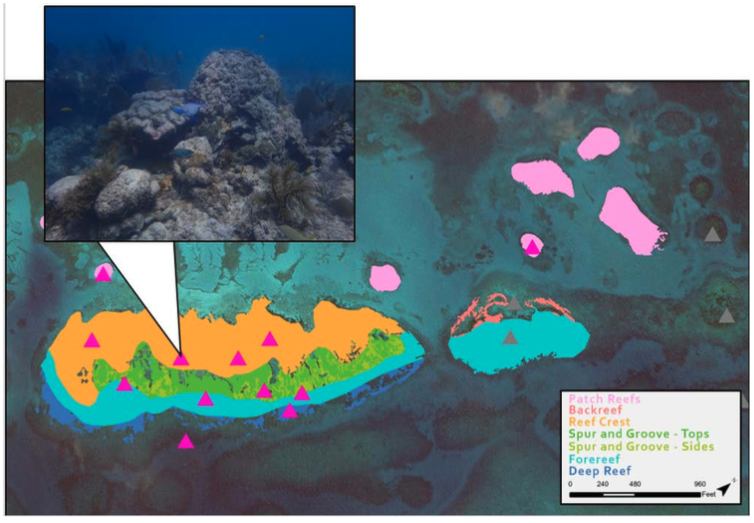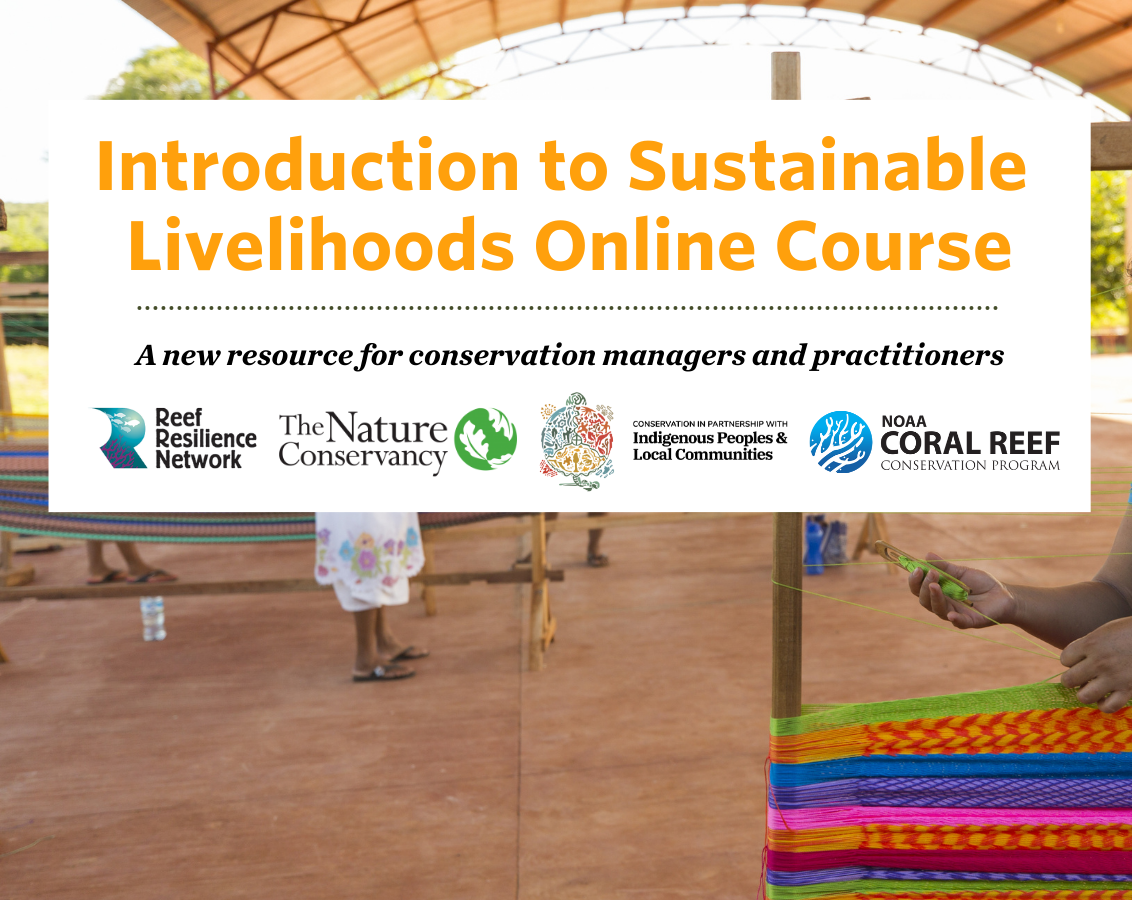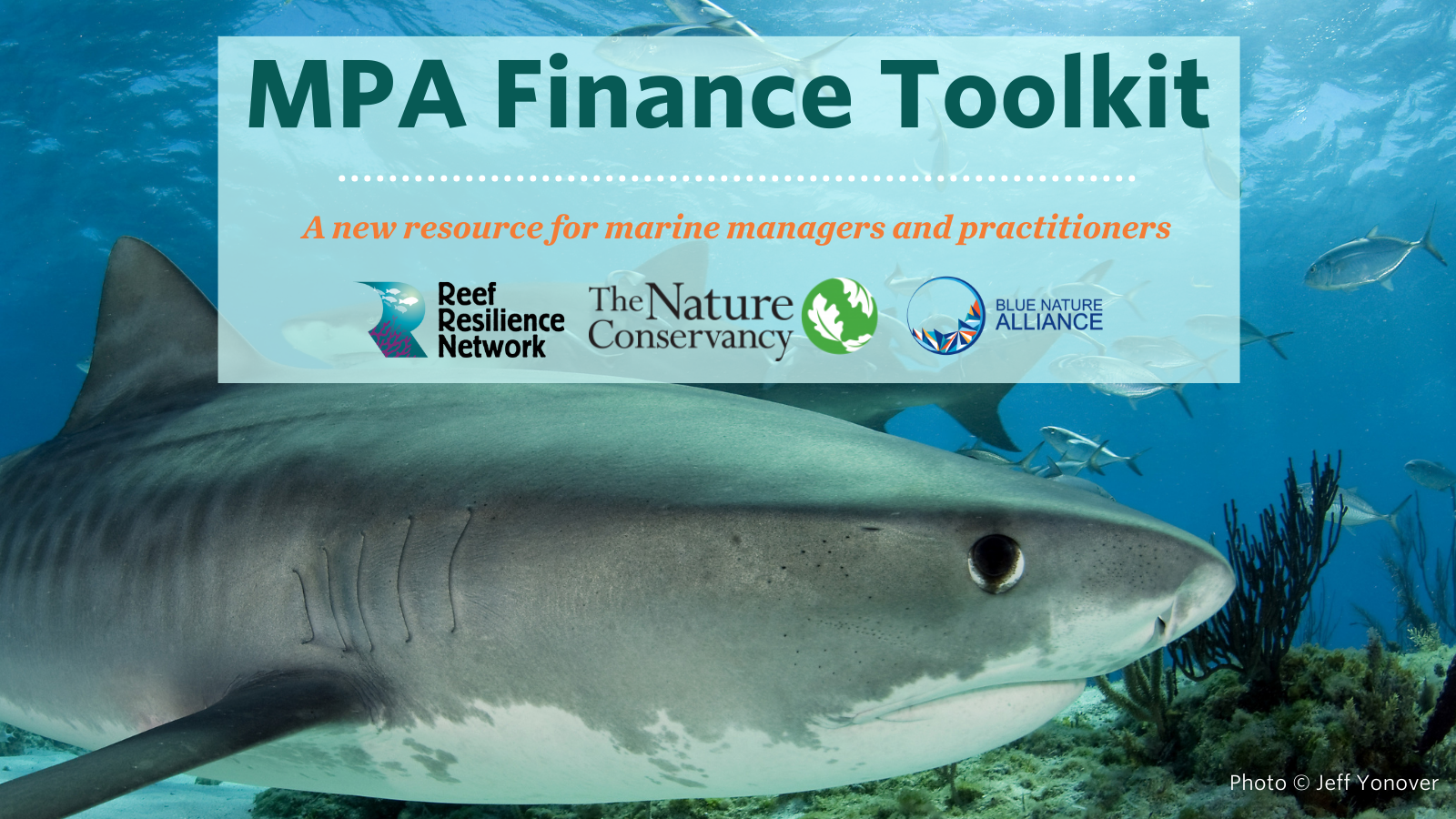Developing the Mission: Iconic Reefs
Location
The challenge
Reefs in the Florida Keys have suffered dramatic declines in the last 40 years and are not recovering on their own. Current management and local, independent reef restoration efforts are not enough to stop decline, particularly after recent impacts from hurricane Irma and outbreaks of the fast-spreading stony coral tissue loss disease (SCTLD). Urgent emergency action is required – one that involves collaboration among many local, national and international partners. The challenge involves finding actions to intervene on causes of decline, scale up current restoration efforts, and develop new and lasting collaboration with key partners.
Actions taken
Development of the Mission: Iconic Reefs project – The process started in 2019 and lasted over 6 months involving 25 local researchers, restoration practitioners, and members of several state and federal agencies. The plan was to use the best available restoration science and allow for research and development to occur concurrently with phases of active construction. Two in-person meetings and numerous conference calls were organized to plan restoration around specific goals:
- Site selection: the aim was to select sites spread out throughout the upper, middle, and lower Keys, and representative of multiple reef types across a wide geographic range to help spread the risk of large-scale impacts. The site selection process involved in-depth habitat mapping and measuring efforts.
- Specific restoration objectives were developed for each reef site in consecutive phases to meet 10-year and 20-year goals. Defining objectives involved developing target percent cover for each habitat zone and translating these targets to an estimate of number of planted corals required. It also involved consideration of the capacity to achieve these targets from production to outplanting, and monitoring capacity.
Depiction of the phased approach to meeting the overall targets at a reef site. Source: Restoring Seven Iconic Reefs: A Scientific and Collaborative Plan
- Novelty actions considered: based on lessons learned from past projects, new actions were added to the restoration plan. First, active site preparation will be considered prior to the beginning of the restoration effort, and not only where corals are being planted but rather as large-scale removals of invasive and nuisance species across a site before restoration begins. Second, active supplementation of herbivores back to the sites including diadema sea urchins and king crabs will be considered in phase 1b. Third, a stewardship and maintenance program will be incorporated throughout the process to ensure that sites are checked on a more frequent basis and that issues are addressed while they are still minor.
- Source funding and build collaboration: public and private funding streams will be sourced by multiple organizations using a partnership approach. This public-private partnership will be coordinated by a collection of stakeholders, managers, and citizens and be known as the Florida Keys Restoration Council.
How successful has it been?
- Site selection: Seven iconic reefs narrowed down form a list of 37 initial reef sites. Reef sites were chosen based upon characteristics such as likelihood of success, biodiversity and habitat composition, connectivity to other habitat types, allowable and compatible human uses, and current enforcement and compliance activities. The final seven reef sites are spread out along the stretch of the Florida Keys.
Seven Florida Keys reefs selected for Mission: Iconic Reefs. Source: Restoring Seven Iconic Reefs: A Scientific and Collaborative Plan
- Restoration plan: Specific objectives were laid out in percent cover of corals as well as number of corals outplanted in distinct implementation phases. Targets to achieve these objectives were differentiated among reef zones and coral species and developed for each of the seven selected reef sites. These targets were broken down among the different phases of the project, including specific monitoring plan and flexibility for adaptive management. Objectives were budgeted to provide a cost estimate of necessary funding required for completion.
- Secured funding: The funding plan was approached as a vision for investment strategy, with initial funding secured to allow for developing a bigger vision and argument for investment. NOAA Restoration Center and the NOAA Coral Reef Conservation Program have awarded US$5.3 million in grants to two primary restoration practitioners in the Keys. In addition, NOAA will work with outside partners to secure additional public and private funds up to US$100 million.
- Plan for implementation: We are hiring an implementation coordinator, segmenting each reef into work zones, and beginning to develop site by site implementation strategies.

Example of a georeferenced photo used to classify hardbottom habitat at Carysfort Reef. Each pink triangle represents a site where photos were provided. Source: Restoring Seven Iconic Reefs: A Scientific and Collaborative Plan
- Secure community support and engagement: Community engagement informed the thinking on this project and the plan development throughout the process thanks to other existing related efforts in the region. The plan is to engage the community in the efforts throughout the duration of the project
Lessons learned and recommendations
As this effort is just launching it is too soon for a comprehensive consideration of lessons learned. However, a few components of the planning process that might help others when considering a similar effort are noted below:
- While the use of resilience predictions and data were considered as part of the site selection process, the spatial resolution and associated trends/differentials were not sufficient to make these datasets particularly useful.
- High resolution mapping of the reef area and the ability to differentiate habitat zones was critical to making accurate predictions of restoration requirements within a site.
- Previous experience with restoration in the region and the specific sites was key to informed site selection and planning. Conducting a pilot restoration study prior to embarking on a major planning effort should be given serious consideration.
Funding summary
- NOAA Restoration Center and the NOAA Coral Reef Conservation Program have awarded US$5.3 million in grants to two primary restoration practitioners in the Keys
- Call for additional investment for up to US$100 million
Lead organizations
Partners
The Nature Conservancy
Mote Marine Laboratory & Aquarium
SECORE
University of Florida
University of Miami
Nova Southeastern University
Florida Department of Environmental Protection
Florida Fish and Wildlife Conservation Commission
National Marine Sanctuary Foundation
This case study was developed in collaboration with the United Nations Environment Programme (UNEP) and the International Coral Reef Initiative (ICRI) as part of the report Coral Reef Restoration as a Strategy to Improve Ecosystem Services: A Guide to Coral Restoration Methods.


